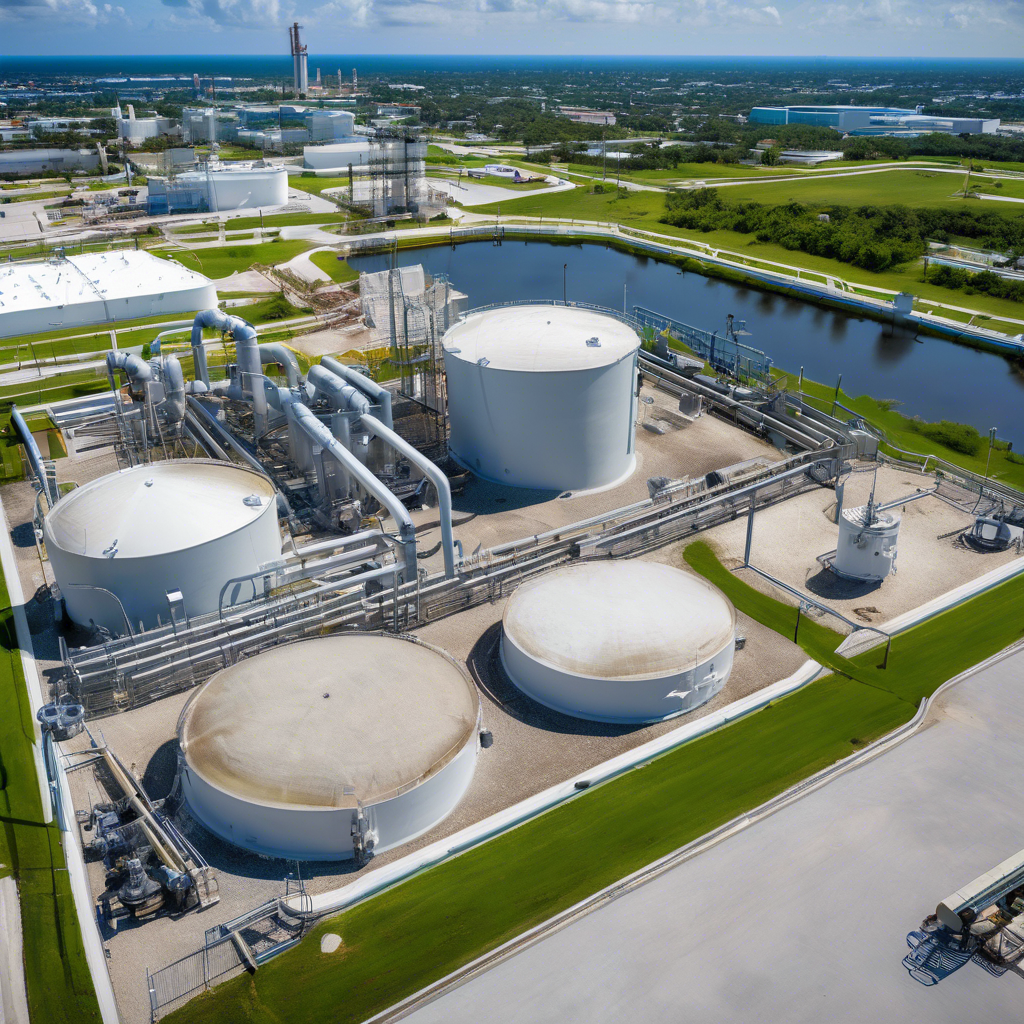Mastering Holding Tank Pumping Schedules for Long-Term Rentals in Miami’s Climate
In the humid, tropical climate of Miami, holding tank maintenance becomes a critical aspect of property management, especially for long-term rentals. With the region’s unique weather conditions impacting waste decomposition and containment, property owners need to understand the intricacies of holding tank pumping schedules to ensure functionality, compliance, and tenant satisfaction. 🏠
The Necessity of Regular Pumping
Holding tanks serve as temporary vessels for wastewater until it can be transported to a treatment facility. Over time, these tanks fill up, necessitating regular pumping to prevent overflow and potential health hazards. Failure to pump holding tanks regularly not only poses environmental risks but also creates unpleasant situations for tenants, affecting their overall satisfaction. 📉
According to the Florida Department of Environmental Protection, holding tanks must be pumped to optimal levels every 3 to 5 years, depending on usage and tank size. However, in areas with high tenant turnover or intensive usage, more frequent pumping may be essential.
Factors Influencing Pumping Frequency in Miami
Several factors should be considered when determining a pumping schedule:
- Tenant Habits: The number of tenants and their waste output significantly affect how quickly a holding tank fills. A family of four will generate waste at a higher rate than a single occupant. 👨👩👧👦
- Seasonal Changes: Miami experiences heavy rainfall, which can dilute waste and lead to increased storage capacity. Conversely, dry spells may concentrate waste, requiring more frequent pumping in certain months.
- Tank Size: The size of the holding tank is critical. Larger tanks naturally hold more waste but still require regular maintenance. Rental properties must ensure the tank is appropriately sized for their expected usage.
- Environmental Regulations: Compliance with local ordinances regarding waste disposal is vital. Miami-Dade County has specific guidelines on how and when septic tanks can be pumped to protect the area’s groundwater.
Creating an Effective Pumping Schedule
Developing a pumping schedule tailored to property specifics ensures efficient waste management:
- Assessment: Evaluate the size and usage of your holding tank. Keep an accurate record of pumping dates and quantities to establish patterns over time.
- Engagement with Professionals: Work closely with certified waste management professionals who understand local regulations and best practices. Their expertise can aid in developing a personalized pumping plan. 🔍
- Tenant Communication: Inform tenants about the importance of proper waste disposal and the schedule for tank maintenance to mitigate misunderstandings or dissatisfaction. Clear communication fosters cooperation and responsibility. 📢
- Annual Review: Regularly assess the pumping schedule and adjust it based on any changes in occupancy or local environmental conditions. Flexibility can accommodate unexpected events such as severe weather. 🌩️
The Environmental Impact of Improper Pumping
Neglecting regular pumping can lead to significant environmental consequences. Clogged tanks may leak waste into the surrounding soil, contaminating groundwater supplies and potentially resulting in costly legal ramifications for property owners. Local governance is becoming increasingly stringent in enforcing environmental protections, particularly in ecologically sensitive areas.
«Sustainable waste management practices not only protect our environment but also contribute to the overall health and safety of our communities. Regular maintenance of holding tanks is a fundamental aspect of this process,» states Dr. Maria Gonzalez, an environmental scientist focused on waste management. 🌍
Today’s property managers have access to a range of technological solutions that can simplify the scheduling and monitoring of holding tank maintenance:
- Monitoring Systems: Smart sensors installed in holding tanks can detect levels of waste and alert owners when pumping is necessary, providing real-time insights into tank status. These systems can help prevent overflow and are becoming increasingly popular in rental properties.
- Mobile Applications: Various management apps offer features for scheduling maintenance, tracking pumping history, and communicating with tenants, ensuring that all stakeholders remain informed and engaged.
Tenant Education and Involvement
Empowering tenants through education about waste management practices can significantly improve the operation of holding tanks. Informing them about items that should not enter the tank (e.g., grease, chemicals, or non-biodegradable materials) can prevent clogs and extend the time between necessary pumping. Tenant seminars or informational brochures enhance awareness and responsibility. 📝
Conclusion: A Balanced Approach to Waste Management
Properly managing holding tank pumping schedules in Miami’s unique climate requires diligence and planning. By understanding the influence of environmental factors, tenant behavior, and appropriate strategies, property owners can maintain compliance, minimize environmental impact, and ensure tenant satisfaction. Through proactive measures and efficient communication, the challenges posed by holding tank maintenance can be transformed into manageable tasks that contribute to the overall success of long-term rental properties. 🏖️
